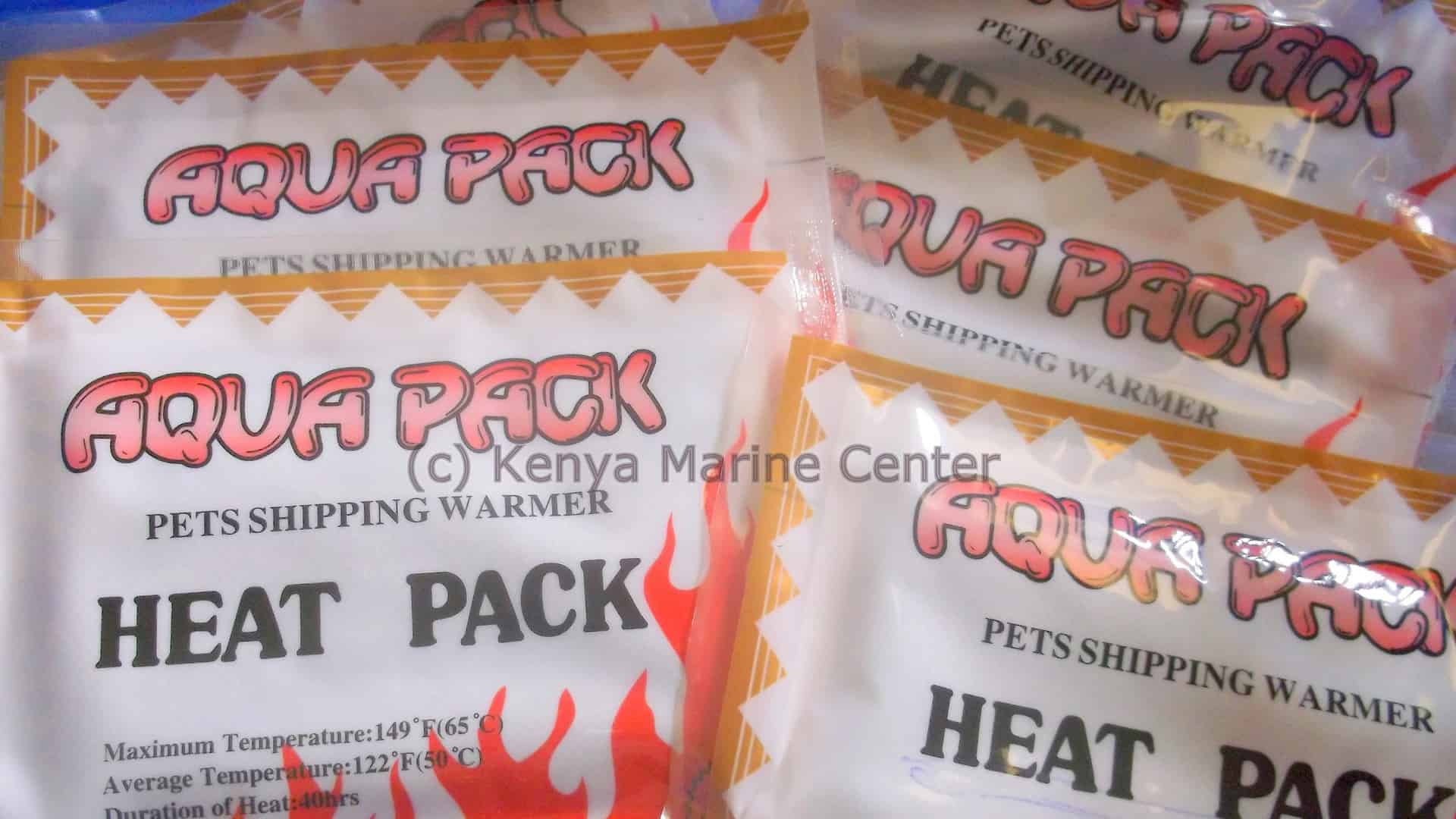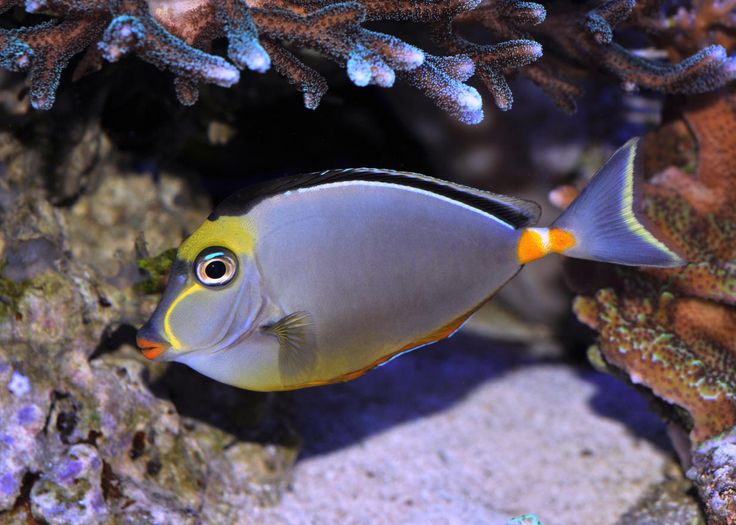POMACANTHUS CHRYSURUS
| Latin name | Pomacanthus chrysurus |
| Common name | Goldtail angelfish |
| Family | Pomacanthidae – Pomacanthus |
| Origin | East Indian Ocean, West Indian Ocean, Australia, Indonesia |
| Max length | 33.0 cm (13.0″) |
As aquarium fish
| Minimum volume | 700 l (185 gal) |
| Hardiness | Average |
| Suitable for aquarium | Suitable with care |
| Reef safe | Not reef safe |
| Aggressiveness | Aggressive towards other species |
Food
| Maybee | Zooplankton (Cyclops, pods…)Soft coralLarge polyp stone coral (LPS)Small polyp stone coral (SPS) |
| Recommended | Microalgae (Eg. spirulina)Macroalgae (Eg. seaweed / nori)Small crustaceans (Krill, mysis, artemia…)Larger crustaceans (Shrimp, crabs…)Other invertebratesSponges |
Tips for keeping Angelfish
It is possible to keep various different sizes of Angelfish in the same aquarium, but it means that one must choose species with care and that the conditions in the tank are optimum.
Here are some suggestions to increase the chances of success:
Choice of species
It is important not to choose species that are too similar, the greater the variance, the larger the chance of success. It is also advantageous to choose fish of different sizes. Two young Angelfish of the same same size and pattern for example are a bad idea. One should of course avoid the most aggressive species.
Order of introduction
It is a good idea to make a wishlist and choosing the order so, that the least aggressive are introduced first. When adding similar sized Ange fish it works best if they are introduced simultaneously.
Space
There should be enough space in the aquarium, but it is difficult to give specific advice. Of course there are exceptions to the table below as to just how big a tank should be in order to stand a good chance of success. Space itself is not enough, there should also be sufficient hiding places so the fish do not have to fight over these.
100 gal (400 liters): Several small Angelfish (<15cm) can live together.
240 gal (900 liters): Several medium Angelfish (< 20cm) can live together.
400 gal (1500 liters): Several large Angelfish (<25cm) can live together.
Food and water quality
It is always helpful to give the fish a varied diet, so they can withstand the occasional stress situation when for example new fish are introduced. Water quality must also be very high, so that the fish do not get stressed for that reason either.
Corals suitable for an aquarium with Angelfish
It can be a challenge to keep corals together with Angelfish, since the latter eat most soft corals and LPS. Especially Zoathus are swiftly eaten by the larger species.

It is however possible to build up a mixed coral aquarium with Angelfish. If some of the following corals are chosen there is a good chance the Angelfish will leave them alone; Hammer corals, Bubble corals, Star polyps, Disc anemones and others.
Most of the SPS corals can be kept with Angelfish.




